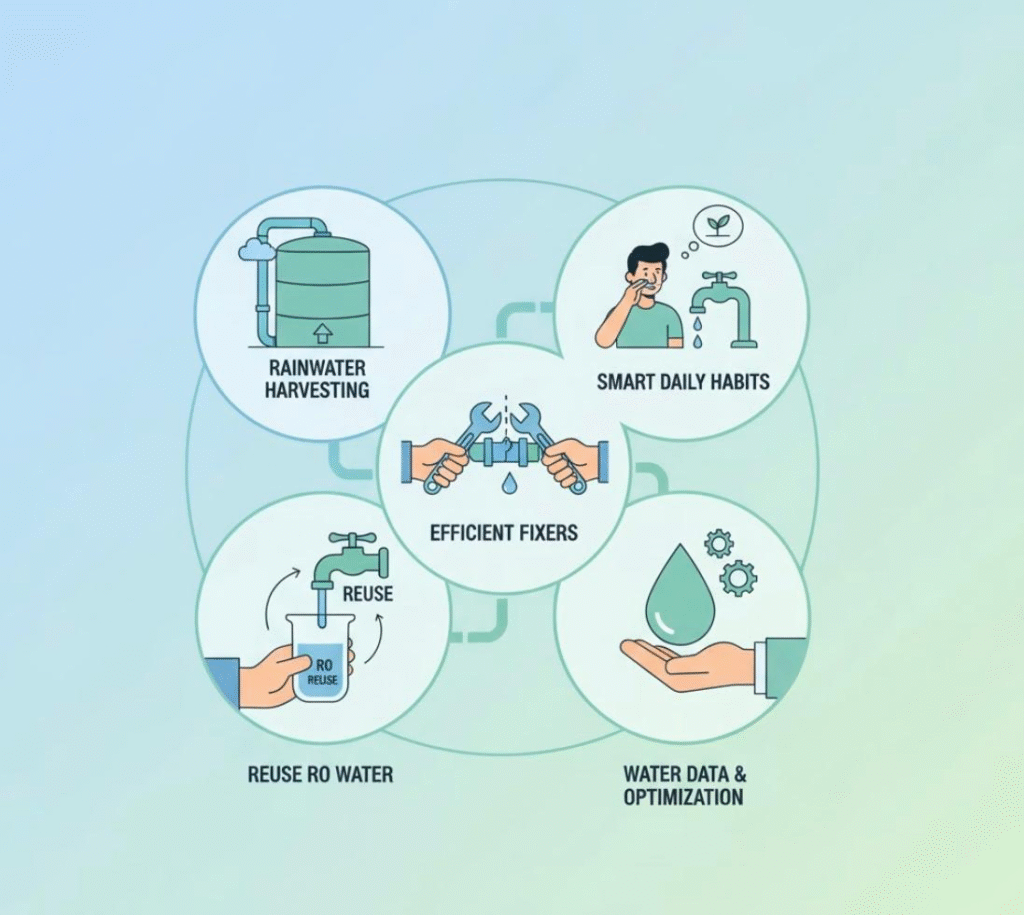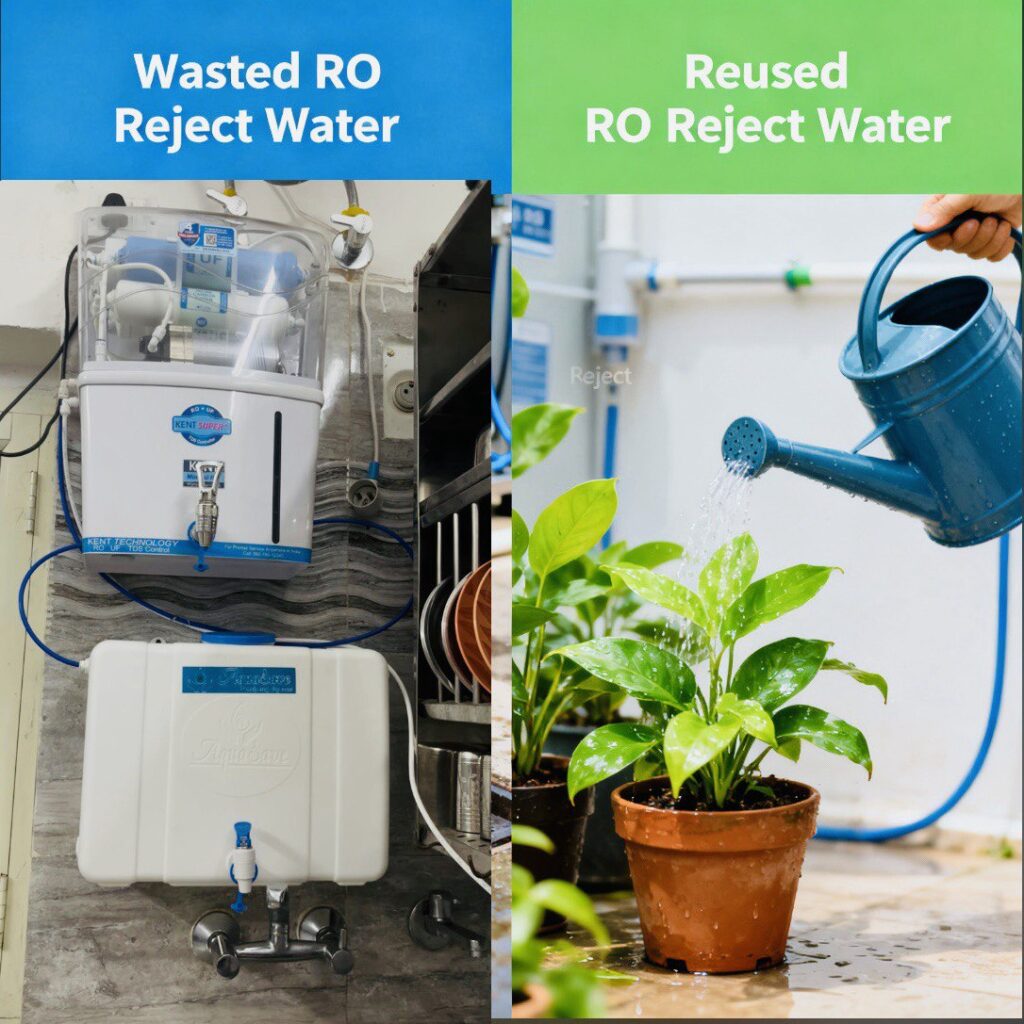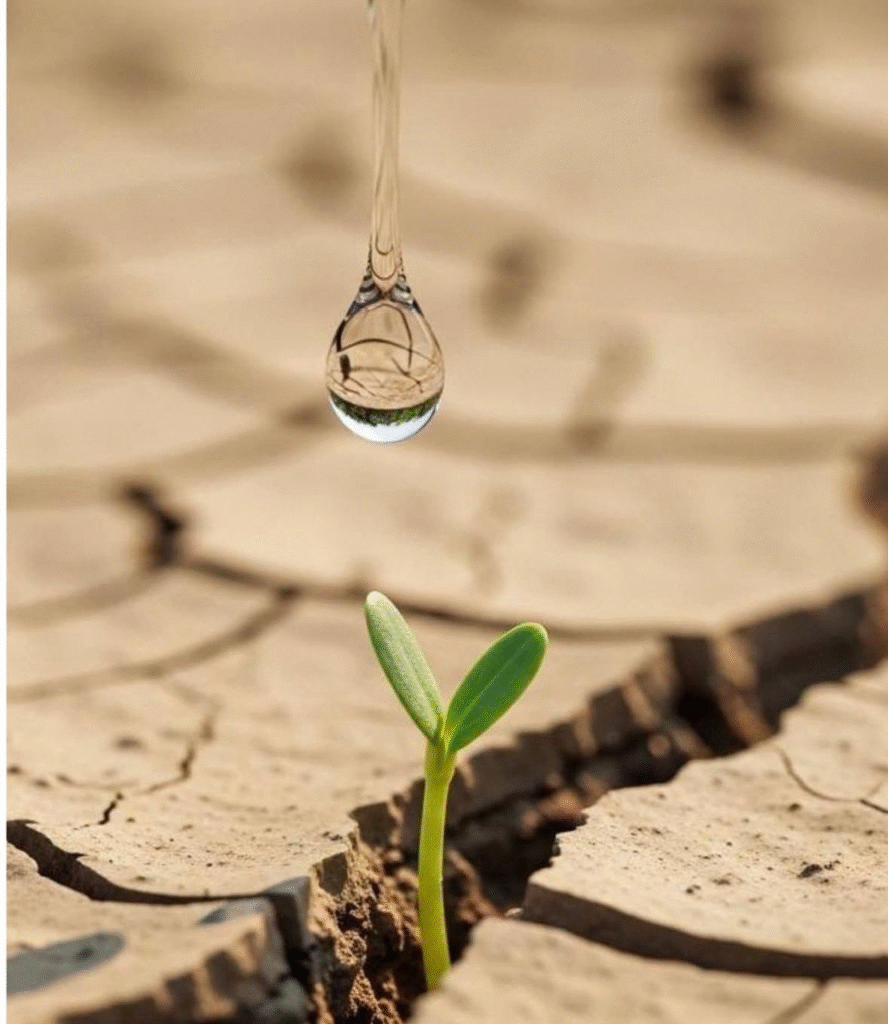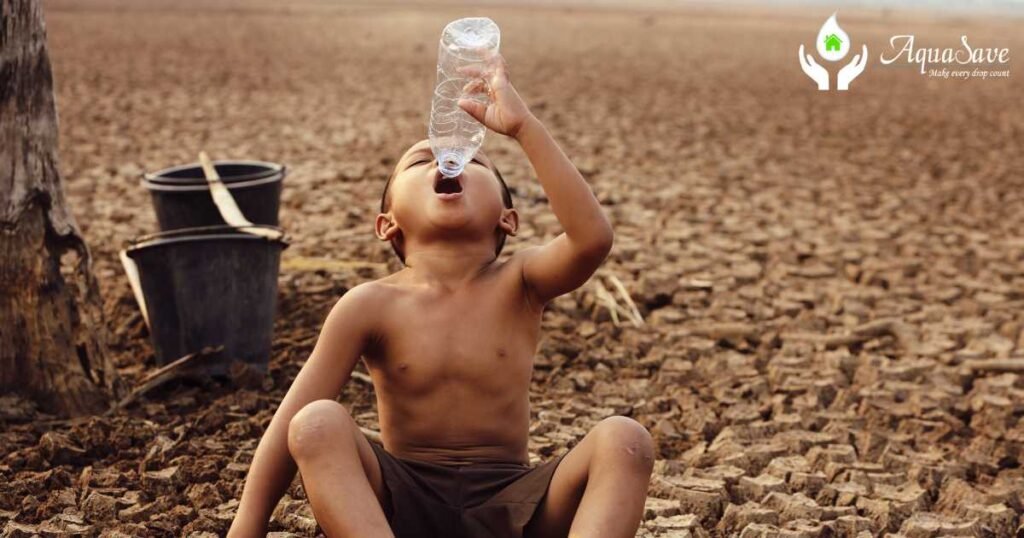Blog
Day Zero Water Crisis: What It Means and How to Prevent It

Day Zero Water Crisis: What It Means and How to Prevent It
The term Day Zero Water Crisis refers to the point at which a city’s water supply is so depleted that everyday access to tap water is no longer guaranteed. This guide gives you a clear explanation of the phenomenon, shares recent examples (including Mumbai’s situation), and presents practical steps you can take — whether you’re a student, professional or just anyone who uses water.
What is the “Day Zero Water Crisis”?
“Day Zero” is when municipal supply drops too low and the city enters a water-emergency phase — taps may be turned off or limited. For instance, when dams drop to critical levels, authorities declare a Day Zero date.
It’s not a dramatic name only: for example, one city nearly reached it, showing the threat is real.
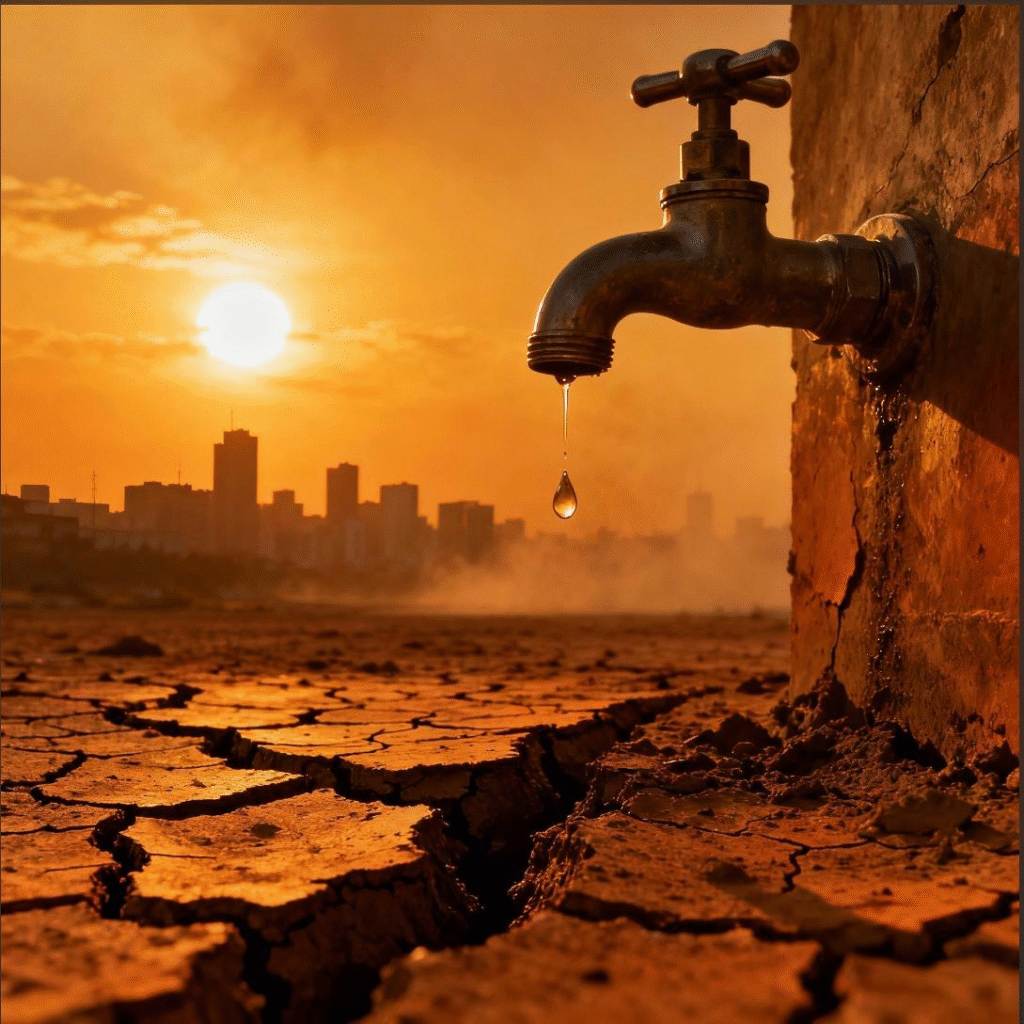
Why It Happens: Key Causes
The drivers behind a Day Zero scenario include:
- Drought & climate change — rainfall reduces, evaporation increases.
- Population growth & urbanisation — more demand, often without matching supply increases.
- Aging or leaky infrastructure — water lost via leaks, supply inefficiencies.
- Unsustainable usage — for landscaping, industry, large households.
- Single-source dependence — lack of alternative supplies or backup systems.

Where It’s Happened & What We Can Learn
| Location | What happened | Key lesson |
|---|---|---|
| Cape Town, SA | Severe drought & dam levels hit ~13%. | Early warnings + public action can avert total cutoff. |
| Mumbai, India | Tanker strike + declining lake stocks in 2025; multiple wards served only ~5 hours/day. | Even large cities with resources can face serious disruption when supply chain issues or infrastructure fail. |
| Global outlook | Many cities flagged as at-risk of Day Zero. | The threat is universal — not limited to arid regions. |
Spotlight: Mumbai Case
In early 2025, the Brihanmumbai Municipal Corporation (BMC) reported that reservoir stocks had fallen to 22.66% with supplies projected only until July 31 unless rainfall improved.
Additionally, a strike by the Mumbai Water Tanker Association (MWTA) in April disrupted supplies across the city when ~1,800 tankers halted due to regulatory issues.
A civic-report noted that in 2024 the city averaged just 5.37 hours of water supply per day in many wards — showing that supply gaps are real and ongoing.
These examples underline that even major metros risk a Day Zero type scenario if infrastructure, policy, distribution and usage aren’t all managed well.
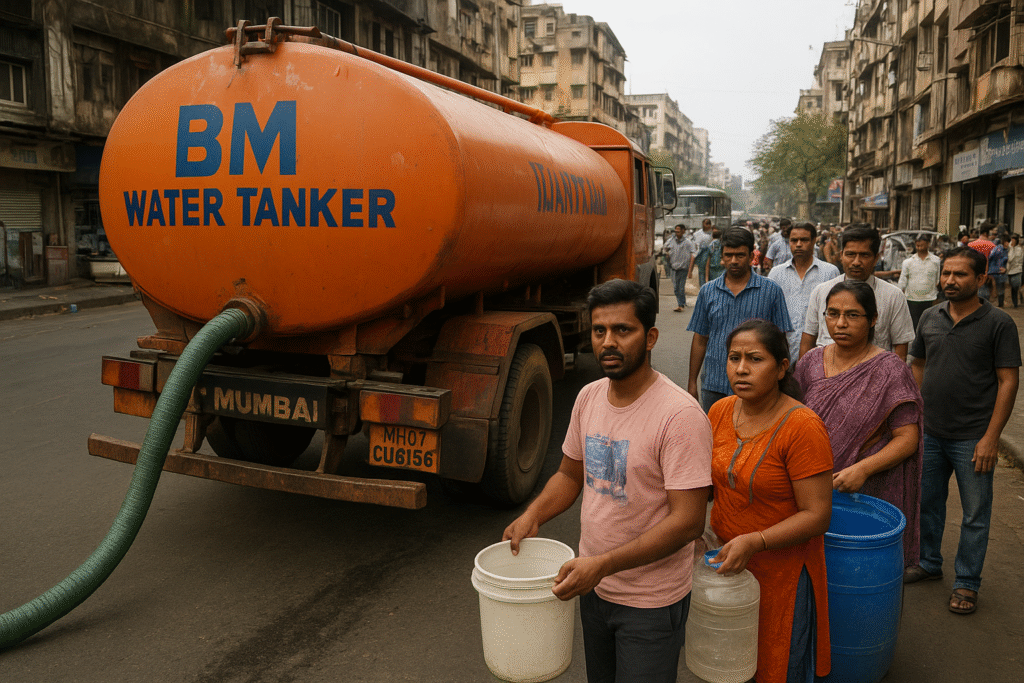
How to Prevent a Day Zero Scenario – Step-by-Step
Follow these actionable steps:
- Assess your baseline – Track your typical household or facility water usage per day.
- Reduce consumption – Adopt habits like shorter showers, full-load laundry, turn off taps.
- Fix leaks & inefficiencies – Regularly inspect taps, pipes, fittings; leaks can waste a lot.
- Reuse & recycle – Rainwater harvesting, use grey-water for non-drinking purposes.
- Diversify supply – If you can, install backup or alternate sources (e.g., rain tank, RO/filtration).
- Educate & engage – Talk to your family, community, workplace about water-saving.
- Monitor & plan – Set targets (e.g., reduce usage by 20%), review progress quarterly.
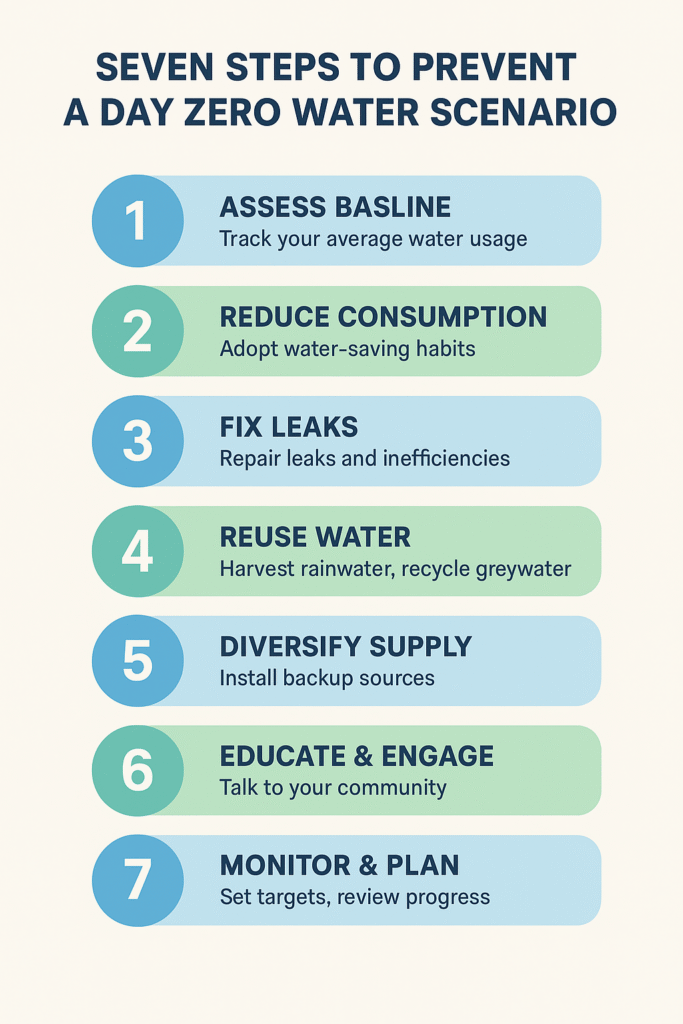
Household Actions
- Use bucket/low-flow shower head, full laundry loads only.
- Don’t keep tap running while brushing teeth.
- Check your meter or water bill monthly for unexpected rises.
Community/System Level Actions
- Support replacement of old pipes and infrastructure.
- Advocate for municipal policies for multiple water sources (recycle, desalinate).
- Push for transparency in water distribution (see Mumbai’s ward-by-ward reports).
Pro Tips & Checklist
- ✅ Install a water meter if not already.
- ✅ Label your household’s “water budget” (litres per day) and track it.
- ✅ Fix any visible dripping taps within 48 hours.
- ✅ Join or start a neighbourhood “Water-Watch” group.
- ✅ Look into rain-tank/back-up supply — check cost vs benefit.
Table: Prevention Measures Compared
| Measure | Impact Level | Typical Cost |
|---|---|---|
| Leak detection & repair | High | Low–Medium |
| Low-flow fixtures & appliances | Medium–High | Medium |
| Rainwater harvesting | Medium | Medium–High |
| Diversified supply (RO/backup) | High | Higher |
| Community education campaigns | Medium | Low–Medium |
Conclusion & What You Should Do Next
The Day Zero Water Crisis isn’t just a headline — it’s a real risk for cities, communities, and households alike. The recent example of Mumbai shows that even large, well-resourced cities can face serious supply challenges. By understanding the meaning, recognising the causes, and implementing the steps above, you can play a role in preventing such a scenario in your environment.
Ready to make your household more resilient? Visit AquaSave RO — Shop Now for reliable filtration and backup water-management solutions.
https://aquasave.in/product-category/aqua-save-ro
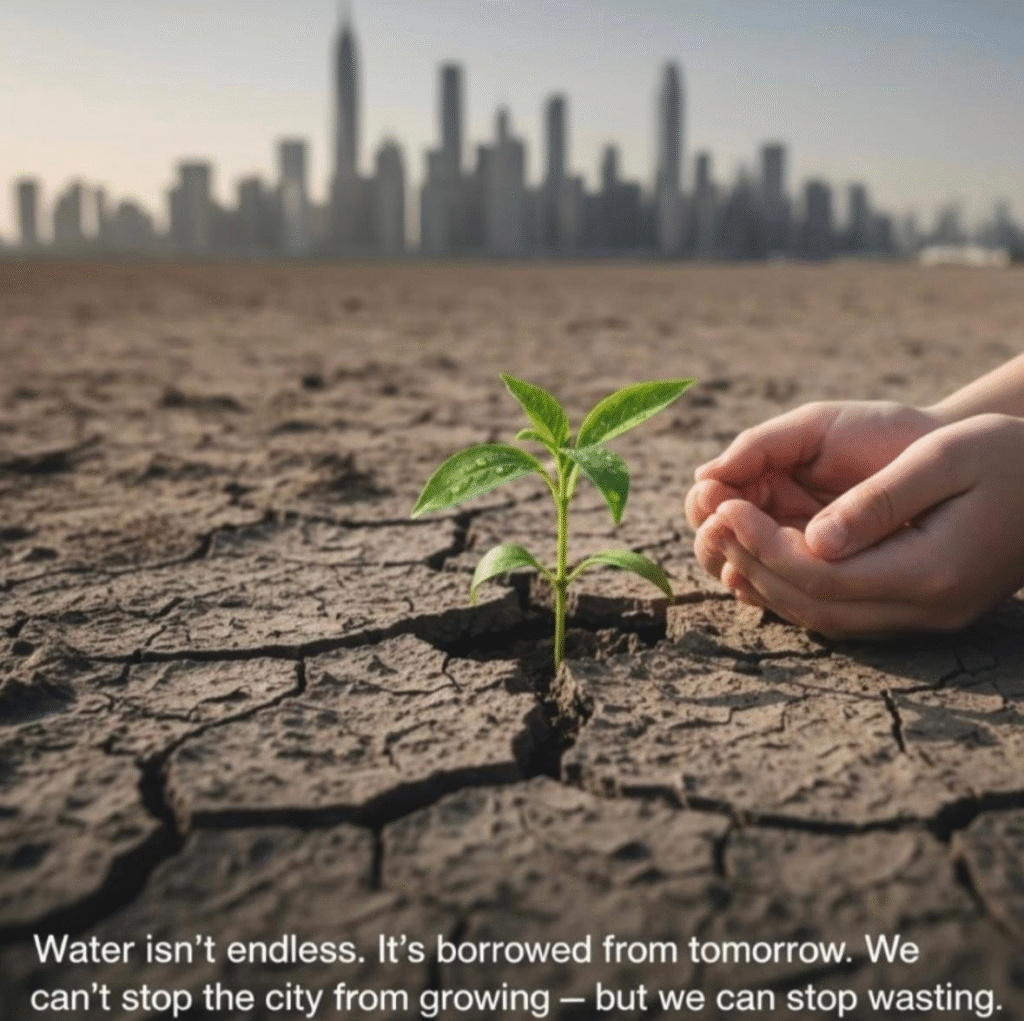
F) FAQ
Q1: What exactly does “Day Zero” mean?
It refers to the moment when a city or region’s municipal water supply reaches critically low levels and everyday tap access may cease or become severely restricted.
Q2: How does the Mumbai example inform other cities?
Despite being a major metro, Mumbai faced significant supply strain (low reservoir stocks + tanker supply disruption), demonstrating that infrastructure, policy and distribution matter as much as source.
Q3: Can an individual household really make a difference in preventing a city-scale Day Zero?
Yes. While one household is small, collective smart practices across many homes reduce overall demand — easing pressure on the system.
Q4: Is installing a water filtration or RO system necessary?
If you depend on alternate supplies (tankers, bore-well) or want to reuse water safely, filtration/RO helps. It supports resilience at household level.
Q5: What signs suggest a city is approaching Day Zero risk?
Low reservoir stocks, frequent water cuts, heavy reliance on tankers/bore-wells, government advisories on reduced supply, average supply hours dropping (example: Mumbai’s 5.37 hrs/day in many wards).




